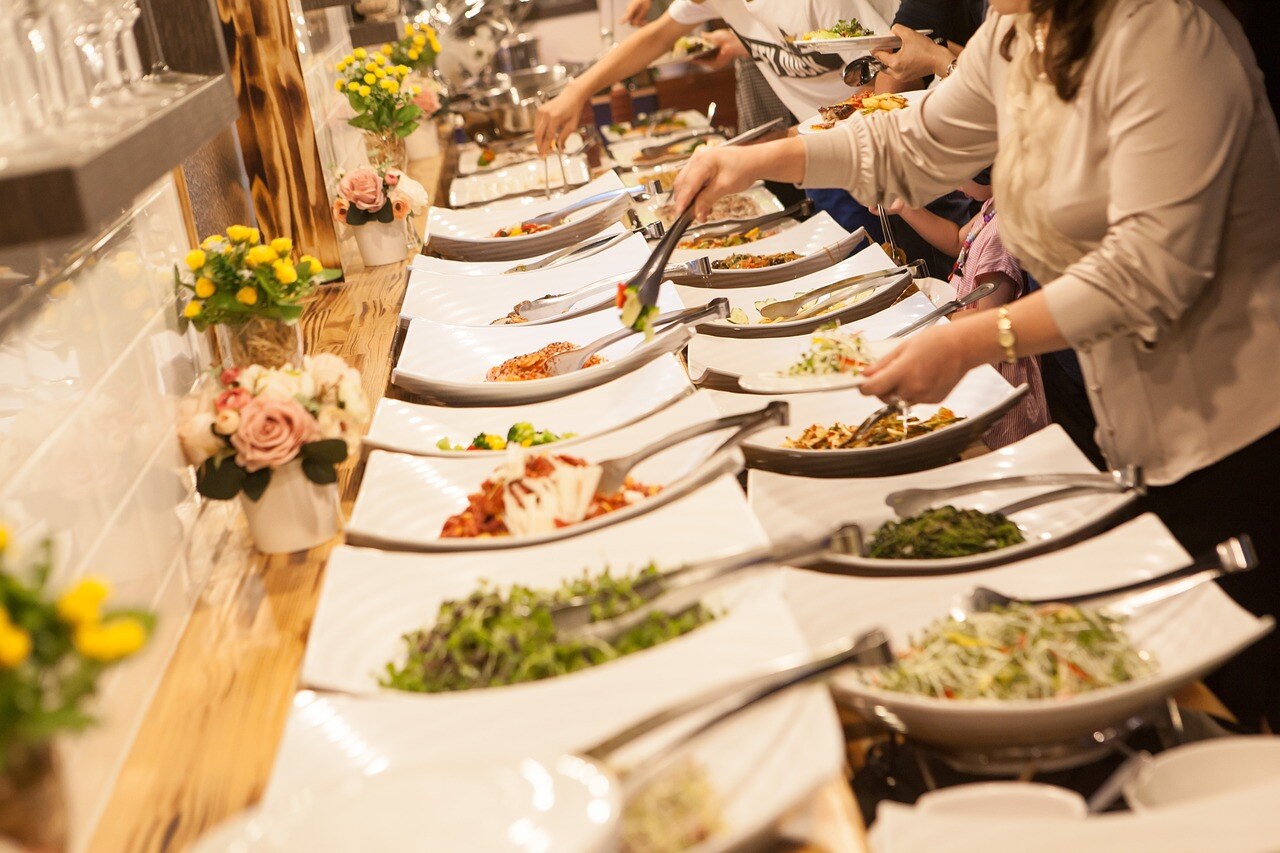Understanding Our Calculation Methodology
My Impact Tool evaluates event and campaign sustainability through a precise, user-friendly system that tracks various indicators, ensuring reliable and regularly updated sustainable planning. Developed in collaboration with European experts, it balances accuracy with real-world data availability. Our regularly updated reports ensure our methodology remains relevant and precise.
The major stake was to find a compromise between accuracy and available data on the field. This process took time and several workshops between experts/engineers in Sustainability and experts in the Events / Communication sector. Those two worlds are not used to working together but we managed to ally ourselves with the same purpose – making reliable calculations accessible to everyone.
The report / its graphs are regularly checked and updated to make sure this methodology lives while staying true to its principles.
To understand how it works, here are some explanations of each of them:
1. Carbon footprint
Our carbon calculator is based on the GHG Protocol. We added to it relevant activity to make sure all parts of the events' production lifecycle are measured (Scope 1-2-3). Expect them to answer questions regarding your time spent on the project, all transportation related to the event (people and fret), materials used or rented, energy consumption, food & catering, accommodation, goodies, and digital activities.
For the emissions factors allowing us to translate your data into GHG emissions, we used the public Base Empreinte created by ADEME and we commit to update our database a least once a year. This update is done by certified carbon measurement professionals inside My Impact Tool’s team.
2. Circularity
Our circularity performance score is qualitative and not quantitative. We have worked with experts in circular economy and based our principles on the lansink scale to list and rate all practices/resources/choices that can be applied during event conception & production. We ask about the type of material you’ll use, how you’ll use it, and what will become of it after your project to give an appreciation of your effort and choices. Each event category is then rated from A to E, like any ecoscore known on the market, allowing it to progress on a multiple landings scale.
For example for the venue, we assess the best practices implemented by the venue, including its energy performance, water and waste management, the type of equipment offered, governance practices, and accessibility.
3. BiodiversityRegarding the biodiversity indicator, we focus our analysis on the four major causes of biodiversity loss.
- Resource Exploitation – It is being verified here that your use of resources for project implementation is rationalized and does not contribute to their overexploitation. This includes furniture, catering, signage, and promotional items.
- Habitat Destruction – Since most events involve mass gatherings and material storage, we ensure that actions are taken to avoid or at least minimize the destruction of soils, natural habitats, or aquatic areas.
- Pollution – We verify that actions are taken to prevent or control soil, air, and water pollution, as well as noise and light pollution from outdoor audiovisual installations.
- Contribution to Climate Change – This theme is strongly linked to mobility, arising from material deliveries or participant transportation. We also inquired about the quality of the building facilities used to host the event.
This series of questions gives a score ranging from -5 to 5 for each of the following themes. -5 represents the worst score, while 5 is the best. When the score is above zero, the event is considered to have implemented good actions to avoid impact on biodiversity.
5. InclusionInclusion cannot (yet) be calculated in a quantitative performance score. The calculation method used in My Impact Tool is qualitative and to be seen from two angles.
Were actions taken to maximize the inclusiveness of the event? Each % of the success score progression bar is directly dependent on points you’ll receive for each question.
We also created 9 goals – relevant to 9 audiences subject to feeling excluded during an event for various reasons. My Impact Tool will ask you questions to verify you did think about them during the production of an event. Be aware that all 9 goals DO NOT have to be ‘checked’ for each event. All projects are different, some of them have already a specific known audience and all efforts should be directed to them.
6. SDG’s
The Sustainable Development Goals are a famous worldwide framework set by the United Nations and allow us to understand how we can all contribute to objectives needed to achieve global peace and prosperity for people and the planet.
The version of My Impact Tool published in January 2024 is dedicated to matching actions related to all previous categories (CO2, Biodiversity, Circularity, Inclusion) to the SDGs. It helps us understand how we, actors in the event and communication sector, can also contribute to a better world at our level. Our methodology on this day does not match with all the 17 goals. Our team is considering creating new possibilities to value another type of action, notably SDG 4 (Quality Education), 8 (Work & Growth), 9 (Innovation & Infrastructure), and 17 (Partnerships). Since we are taking every claim and score our reports are offering very seriously, this process is currently being evaluated.
If you should have any other questions, don’t hesitate to contact our support team.



